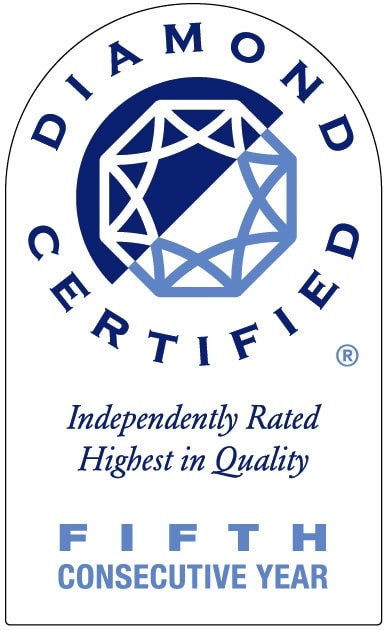Paint Sheen: What is it and why is important?
ENJOY YOUR OUTDOOR SPACES
Wednesday, August 30, 2017 12:56 PM Stanford Painting, Painting, Pain Sheen, What is Paint Sheen, Residential Painting, Commercial Painting, Sheen, Color Scheme, Home Color Scheme
Ruby Red or Ocean Blue? Serene Green or Sandstone Beige? Choosing a color scheme for your home can be overwhelming and even stressful. However, the end result, a freshly painted home, can be rewarding and make a huge difference in the look of your interior. Remember: paint color isn’t the only thing you need to worry about. After you’ve determined the color scheme for your painting project, the next aspect to consider is paint sheen.
What exactly is paint sheen?
Sheen is the glossiness of the paint finish. Glossy and flat are the extreme levels of the glossiness of a finish. In choosing a paint sheen, the basic rule to follow is the higher the sheen, the higher the shine. A higher shine also brings higher durability.
Flat (or matte) usually means no shine, while gloss usually means the most shine. Eggshell, satin and semi-gloss fall in between these ends of the sheen spectrum. Here’s a chart that helps explain the sheen spectrum:
What to consider when choosing a sheen , in order from left to right: Flat → Matte → Eggshell → Satins → Semi-Gloss → High-Gloss Less reflection of light → More reflection of light More-subtle appearance on wall → Higher shine Lower scrubbability → Greater scrubbability chart courtesy of www.olympic.com |
How does sheen affect color?
The glossiness in a paint can also affect the apparent color, each with its own practical and decorative job to do.
If your paint color is dark and rich but you don’t want a super shiny effect, step down at least one level on the sheen scale. The darker and richer the paint color is, the more colorant it has, which inherently boosts sheen. The same concept applies if you’re painting a large, sun-washed, or imperfect wall. The higher the sheen, the more imperfections will show.
WHAT SHEEN SHOULD I CHOOSE FOR WHICH ROOMS?
Flat paints are usually used for walls and ceilings, as it’s easier to touch up should they get dinged or scratched. Flat paint also hide imperfections and can help smooth out walls, such as stucco or popcorn ceilings. On bathroom ceilings where there is high moisture, in kitchens where there is smoke and grease, and on trim and doors that catch dirt and grime, choose a high-gloss or semi-gloss which is easier to clean. Some cleaning products can also remove flat paints, so consider this when choosing a sheen
Sheen by room: Kitchen Durable, easy to clean paint | High-gloss or semi-gloss finish Family Room/Rec Room Easily cleaned, can stand up to high traffic | Satin finish Dining Room Clean, smooth looking walls for low traffic area | Eggshell finish Bedroom High-pigment wall coverage for low-traffic area | Flat or matte finish chart courtesy of www.sherwin-williams.com |
Keep in mind that adding sheen also adds to the cost, usually an extra dollar or two per gallon as you step up on the sheen scale.
The sheen you choose for your painting project can have a great impact on the overall look and feel of your result. Light, color, and sheen all combine to create your room’s overall feeling. When looking for paint for your next project, give sheen some careful consideration.
The experts at Stanford Painting can help you select the right sheen for your next painting project. For more information or to set up your free consultation, visit our website or call 650-321-9302.
https://www.houselogic.com/remodel/painting-lighting/paint-sheen-guide/











